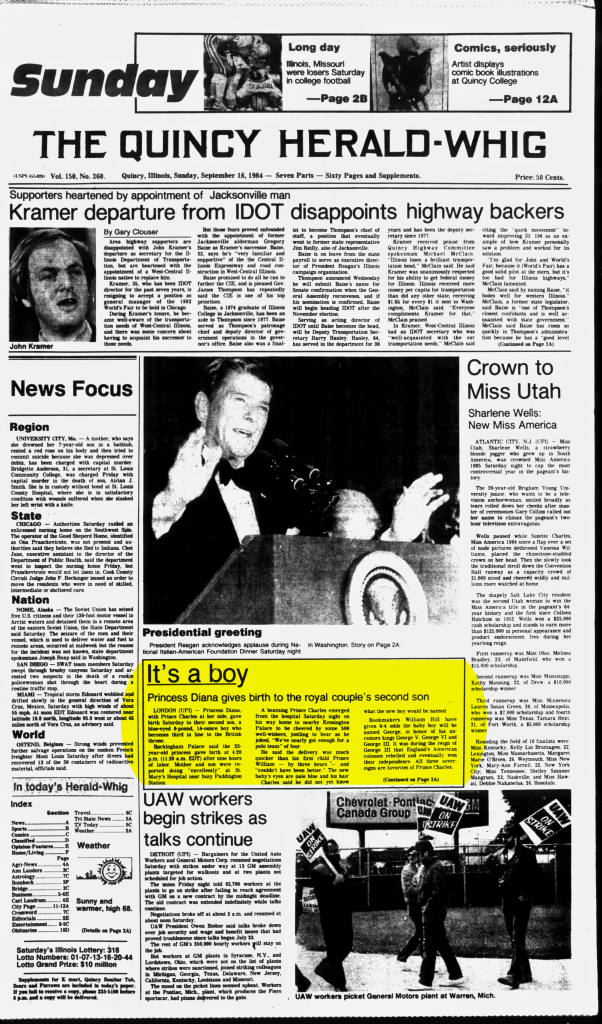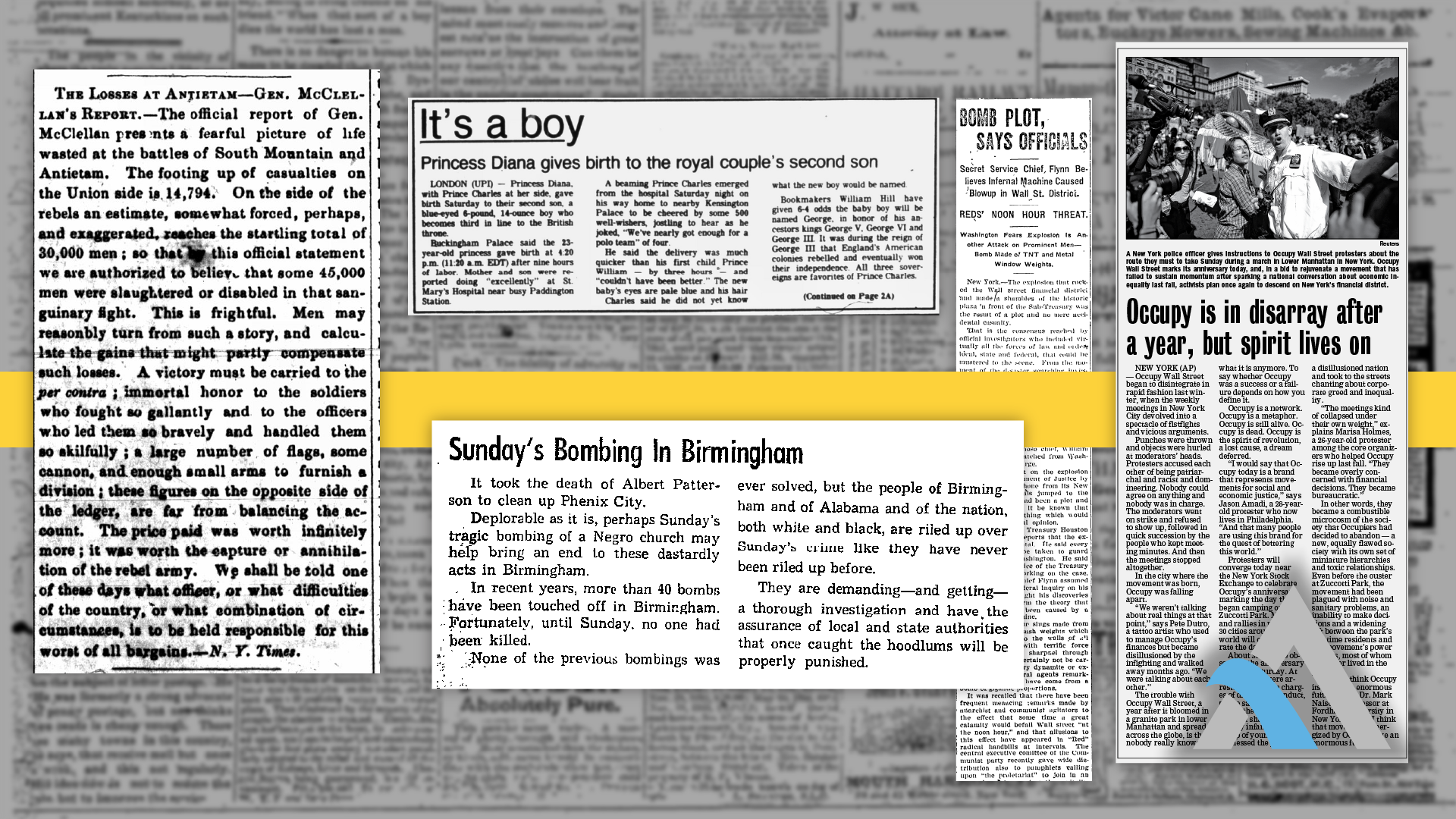Occupy Wall Street was a protest that began on September 17, 2011, but lasted far beyond a single day. The protest was a result of the fallout from the 2008 financial crisis. Many Americans found themselves in bad financial situations, and grew angry as the income gap between the upper and middle classes began to grow larger. Born out of this frustration, New Yorkers took to the streets to make their voices heard, adopting the slogan “We are the 99%” to highlight the gap between the average American and the rich businesses of Wall Street.
It wasn’t all sunshine and rainbows; the movement suffered from a lack of official leadership and vague demands. As a result, the movement quickly became increasingly disorganized and eventually dissolved, but its impact remained strong. In The Gazette, published in Cedar Rapids, Iowa, on the first anniversary of the first protest, they described how the movement had changed. It transformed from a protest into an ideal; the Occupy movement was no longer a single event but a call to attention. I think it’s fair to say that after this movement, wealth inequality has become a larger topic of conversation in the United States.

In the past weeks, we have talked a lot about the relationship between Prince Charles and Princess Diana. This week, we have another moment in their story, the birth of their second son. Prince Harry was born on September 15, 1984, in St. Mary’s Hospital in London. The Quincy Herald reported a day later that after nine hours of labor, the prince was born without complications. While the couple presented the image of a perfect family, Diana later described the moment Harry was born as the explosion that set off their failing marriage. While the couple was very close in the weeks leading up to his birth, all that seemed to disappear after Harry’s arrival. The rest of the story is fairly well known– the affairs, Diana’s death, Harry’s marriage to American actor Meghan Markle, and their distancing from the royal family. It could definitely be said that while Harry’s birth was a blessing for many, it was also the catalyst for a lot of issues to unravel in the royal family.
(1945 – 1980s) Faith Turned Fatal: 16th St Baptist Church Bombing, 1963
On September 15th, 1963, as members of the 16th Street Baptist church made their way to Sunday services, their day quickly turned deadly. The Ku Klux Klan, a white supremacist group known for its violence against black Americans, had planted dynamite underneath the predominantly black church. As it exploded, the blast ripped through the wall of the church, injuring churchgoers on the other side. Four young girls died from the explosion, and another 20 were injured. The Baldwin Times published an article on September 19th, 1963, describing the attack as another in the string of bombing incidents happening in Birmingham, the first to kill anyone. Upon investigation, the FBI confirmed that the attack was racially motivated and orchestrated by the KKK. Of the four men who organized and executed the attack, 3 received prison sentences, and one died before he could be sentenced. In the end, the attack helped to further progress the civil rights movement and call attention to the racial violence that was running rampant in the South.

On the topic of bombings, we return to Wall Street with another incident. On September 16, 1920, a dynamite-filled horse-drawn carriage detonated in front of the J.P. Morgan building. In the heart of the financial district, the blast tore through the surrounding area, killing 38 people and injuring countless more. The explosion caused over $2 million in property damage, almost $32 million today, and even halted stock market trading. In the Warwick Valley Dispatch, published September 22, 1920, they described the scene in Washington as concern over the attack spread. After learning the details of the attack, officials came to the conclusion that it was almost certainly an intentional attack, that there was no way this could have been accidental. This narrative persisted, and while it was suspected that Italian anarchists were behind the attack, no official conviction was made, and the case is still considered unsolved.
(1824 – 1914) One Deadly Day: Battle of Antietam, 1862
The Battle of Antietam began on September 17, 1862, and was the deadliest one-day battle in U.S. military history, a pivotal point in the American Civil War. As Confederate General Robert E. Lee was wrapping up his mostly unsuccessful Maryland Campaign, he brought his troops to one final battle in Washington County, Maryland. The battle began at dawn and ended late into the afternoon, during which 132,000 troops were engaged between both sides. The battle ended in a Union Victory, but did not come without a cost. A total of 22,717 deaths came as a result of the conflict, 12,401 of which were members of the union forces. However, this battle was incredibly important in the outcome of the Civil War, as it demonstrated the Union’s ability to hold its own against the Confederacy on the eastern front. In the Confederate States, their confidence wavered, one individual sharing in the Middlesex Journal that this was yet another demonstration of the Confederacy’s inability to follow up a victory. In contrast, the Battle of Antietam motivated the Union and provided the perfect moment of hope for President Abraham Lincoln to issue the preliminary Emancipation Proclamation.
Join me again next week to discover more of history’s hidden gems and timeless tales.
Explore the “Read All About It” archives to read stories that spotlight our partners and their communities, announcements from our team, updates on current projects, and so much more. Discover articles about engagement, outreach, primary sources, community, digitization, education, and other topics of interest. Delve into the happenings in this week in history and take a deep dive into the events and people who helped shape our communities, our nation, and the world.
Hear Ye, Hear Ye, READ ALL ABOUT IT!
Advantage Archives works to build strong, community-based partnerships to provide free online access to local history, making it discoverable and easily accessible to anyone, anywhere, at any time, on any device. This allows communities to understand and connect to their past in a meaningful way. Through the Community History Archive search platform, we provide the community with the means to explore, discover, learn from, connect with, and share the stories of the people, places, and events that shaped their community.
The Community History Archives are intended to serve as a “portal to the past”, allowing local primary source documents to give an accounting of history as told by the individuals that witnessed it. Advantage Archives guiding principals center around building strong community-based partnerships, which is why we enter into them with the intent of shouldering our fair share, and taking the burden off of the community for the ongoing costs associated with storage, hosting, development, and maintenance of the Community’s History Archive. We are an active participant in the community’s efforts to make their collective history more accessible. The Community History Archives are maintained for free by Advantage and do not require a subscription, seat license, annual support contract, or any other ongoing costs or expenses to the institution or members of the community.
If you would like to see more local history online, please contact your local library, newspaper publisher, genealogical society, historical society, or educational institution, and encourage them to learn more about creating a Community History Archive or have them contact Advantage Archives at (855) 303-2727



